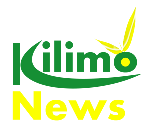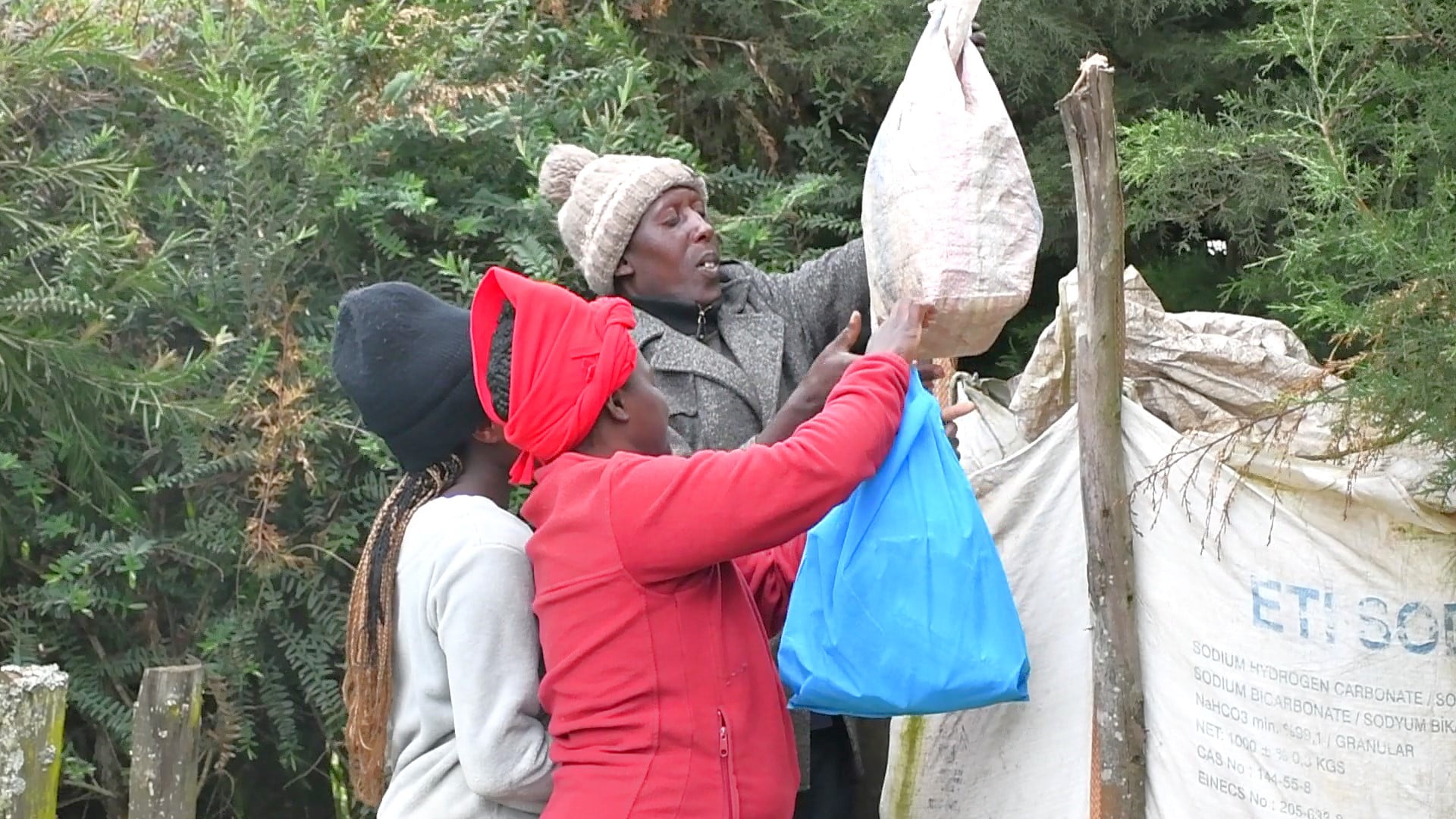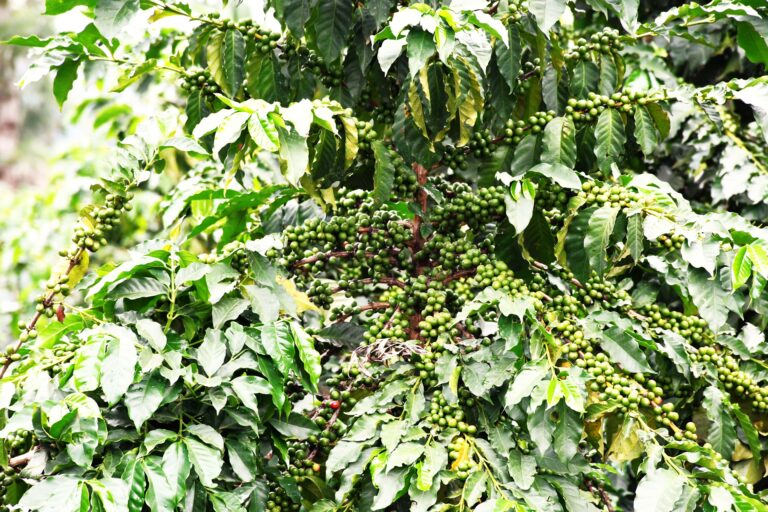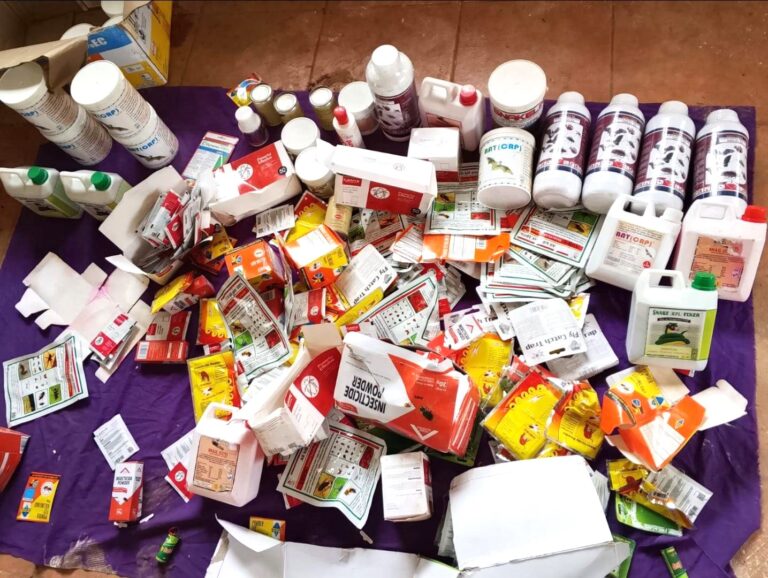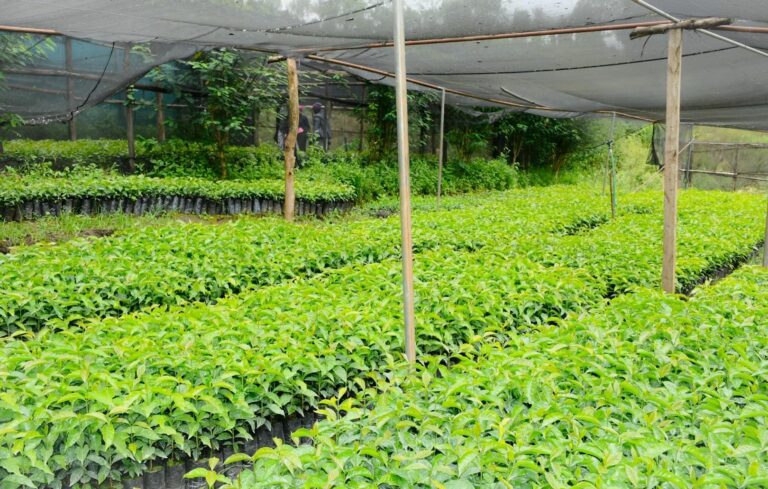The Ministry of Agriculture and Livestock Development has announced the withdrawal of 77 pesticide products from the Kenyan market and imposed restrictions on 202 others following a sweeping safety review aimed at protecting public health, the environment, and the country’s vital agricultural sector.
The review, conducted by the Pest Control Products Board (PCPB), covered 430 end-use pesticide products currently registered for use in Kenya. The Board evaluated scientific data submitted by manufacturers alongside regulatory assessments from international agencies in countries such as the European Union, the United States, Australia, and Canada.
The Ministry stated that the assessment identified several pesticide active ingredients that posed “unacceptable risks” to human health, crops, livestock, and the environment.
“In line with our commitment to safeguard the health of citizens and uphold environmental sustainability, we have taken decisive regulatory action,” the Ministry said in a statement.
In addition to the banned and restricted products, another 151 pesticide formulations are now under further review. Their use and importation will remain suspended until the review process concludes in December 2025.
The Ministry also confirmed that a new Pest Control Products Bill has been reviewed and approved by the Cabinet. The proposed legislation, aimed at strengthening regulation and oversight of pest control substances, is set to be tabled in Parliament soon.
As part of tighter regulatory controls, the Ministry outlined several new measures:
- Only pest control products registered in their country of origin will be considered for approval in Kenya.
- Any products banned under international environmental agreements will not be registered for use in the local market.
- Importation of any pesticide molecule currently under review and not approved in jurisdictions such as the EU, USA, Australia, and Canada is prohibited until a final regulatory decision is made.
It emphasized that the moves are part of broader efforts to align Kenyan agriculture with global best practices, enhance food safety, and support sustainable farming systems.
The Ministry urged all farmers, distributors, and stakeholders to comply with the new regulations and adopt environmentally responsible pest control methods. It also pledged continued support through education, extension services, and promotion of integrated pest management practices.
A full list of the affected pesticide ingredients and formulations has been published by the PCPB for industry and public reference, as shown below.
ACTIVE INGREDIENTS THAT HAVE BEEN REVIEWED AND RESTRICTED AFTER REVIEW
| NO. | MOLECULE | USE | STATUS/ ACTION TAKEN |
| 1. | 2, 4-D Amine | Herbicide | Restricted. Not for use in open fields |
| 2. | Abamectin | Miticide | Restricted. Not for use inopen fields |
| 3. | Chlorpyrifos | Insecticide | Restricted for use as a termiticide |
| 4. | Dimethoate | Insecticide | Restricted for use as a termiticide |
| 5. | Imidacloprid | Insecticide | Restricted for use on non-open fields |
| 6. | Omethoate | Insecticide | Restricted for use in non-edibles only |
| 7. | Propineb | Fungicide | Restricted. NOT for use on edible crops |
| 8. | Iprodione | Fungicide | Restricted. NOT for use on edible crops |
| 9. | Oxydemeton- methyl | Insecticide | Importation stopped untilreview is concluded |
| 10 | Mancozeb | Fungicide | Reviewed, awaiting decision |
| 11 | Permethrin | Insecticide | Reviewed awaiting decision |
ACTIVE INGREDIENTS AND ASSOCIATED END-USE PRODUCTS WITHDRAWN FROM THE KENYAN MARKET THROUGH REGULATORY DECISIONS.
| NO. | MOLECULE | USE |
| 1. | Acephate | Insecticide |
| 2. | Chlorothalonil | Fungicide |
| 3. | Pymetrozine | Insecticide |
| 4. | Thiacloropid | Insecticide |
| 5. | Diuron | Herbicide |
| 6. | POE Tallow Amine | Co-formulant |
| 7. | Kasugamycin | Fungicide |
| 8. | Pyridalyl | Insecticide |
BANNED PESTICIDES IN KENYA
| NO. | COMMON NAME | USE |
| 1. | DDT (Dichloro-Diphenyl-Trichloroethane) | Herbicide |
| 2. | Chlordane | Insecticide |
| 3. | Chlordimeform | Insecticide |
| 4. | DDT ( DichlorodiphenylTrichloroethane) | Agriculture |
| 5. | Dibromochloropropane | Soil Fumigant |
| 6. | Endrin | Insecticide |
| 7. | Ethylene dibromide – |
